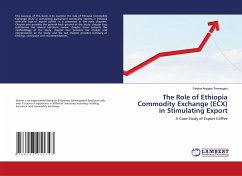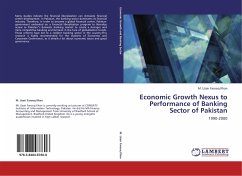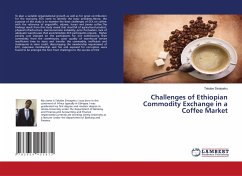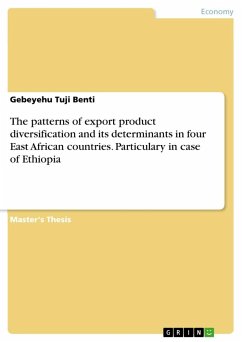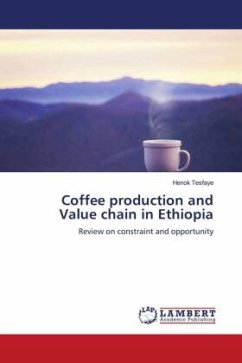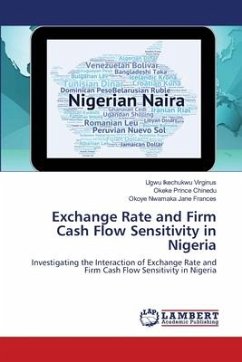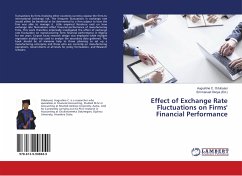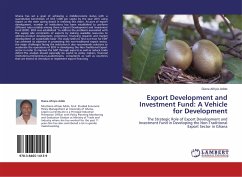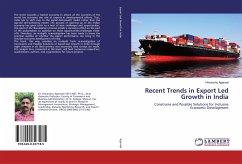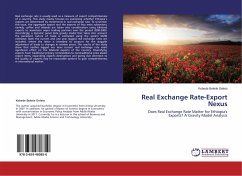
Real Exchange Rate-Export Nexus
Does Real Exchange Rate Matter for Ethiopia's Exports? A Gravity Model Analysis
Versandkostenfrei!
Versandfertig in 6-10 Tagen
27,99 €
inkl. MwSt.

PAYBACK Punkte
14 °P sammeln!
Real exchange rate is usually used as a measure of export competitiveness of a country. This study mainly focuses on examining whether Ethiopia's exports are determined by movements in real exchange rate. To scrutinize this issue, the aggregate export and the exports of two main subsectors; namely, coffee and oilseeds are taken into consideration using bilateral exports to seventeen major trading partners over the period 2000-2009. Accordingly, a dynamic panel data gravity model that takes into account the persistent nature of trade is estimated using the system GMM estimator. Both the current...
Real exchange rate is usually used as a measure of export competitiveness of a country. This study mainly focuses on examining whether Ethiopia's exports are determined by movements in real exchange rate. To scrutinize this issue, the aggregate export and the exports of two main subsectors; namely, coffee and oilseeds are taken into consideration using bilateral exports to seventeen major trading partners over the period 2000-2009. Accordingly, a dynamic panel data gravity model that takes into account the persistent nature of trade is estimated using the system GMM estimator. Both the current and one year lagged real exchange rates are included, where the latter is intended to account for the sluggish adjustment of trade to changes in relative prices. The results of the study show that neither lagged nor does current real exchange rate exert significant effect on the bilateral exports of the country. Diversifying exports from traditional primary commodities to nontraditional price elastic export items, expanding exports destinations and giving due attention to the quality of exports may be reasonable options to gain competitiveness in international market.



